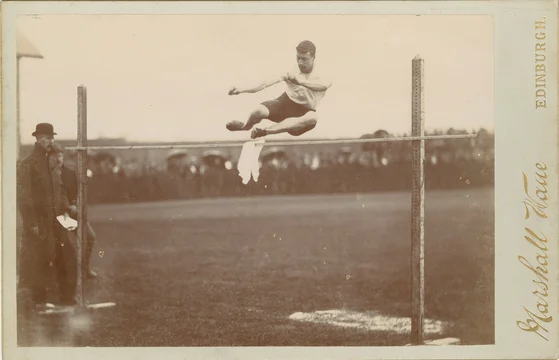Pop quiz: What's the easiest way to get prior licenses tossed from your reasonable royalty analysis?
Judge Andrews gave the answer today in a lengthy post-trial opinion in a case involving car seat technology. After determining that the asserted patents were valid and not infringed, he turned to damages.
Both parties relied on prior licenses that "deal generally with childcare products" to support their reasonable royalty analyses, including one "related to folding strollers" and one that "involves embedded chips that can alert a parent as a child safety feature[.]"
Judge Andrews disregarded both licenses because there was no evidence of technological comparability:
Neither party has made clear why the folded stroller in Scotty or the chip-based child safety feature of Siebert is sufficiently technologically or economically similar to the claimed invention as to warrant using the terms of those licenses as a basis for calculating royalties in this case. I therefore disregard these licenses in the reasonable royalty analysis.
Damages experts generally rely on technical experts for comparability analyses, but for one reason or another, those analyses often don't make it into the technical expert reports (at least not in any level of detail). This case is a good reminder of what can happen when comparability falls through the cracks!
If you enjoyed this post, consider subscribing to receive free e-mail updates about new posts.



